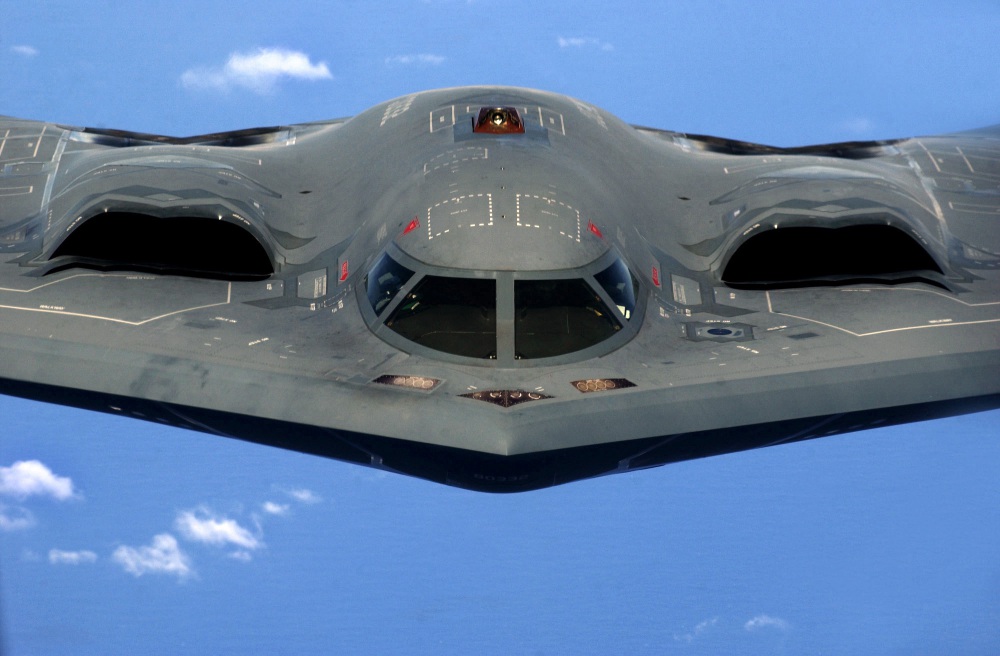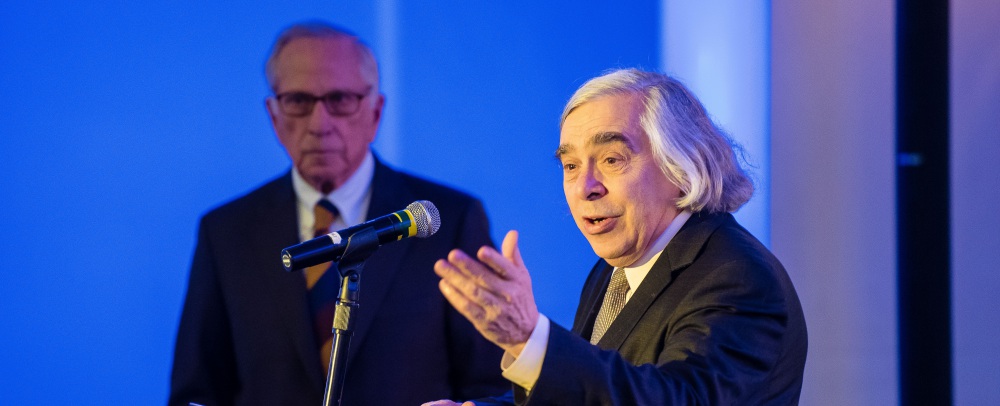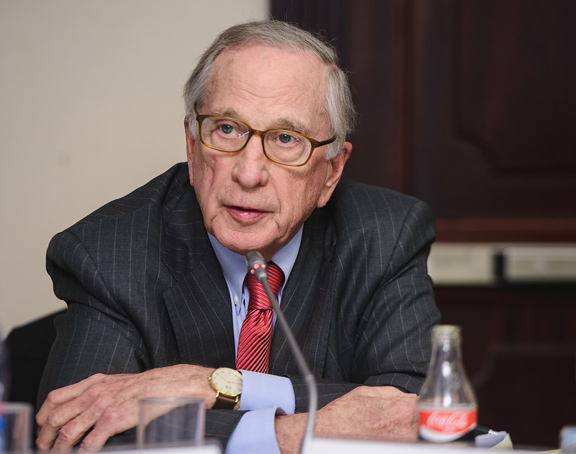
Robert E. Berls Jr., PhD
Senior Advisor for Russia and Eurasia
The risk of nuclear weapons use in the Euro-Atlantic region is on the rise—and it is higher today than it has been since the end of the Cold War, according to a new study and report from the Nuclear Threat Initiative (NTI).
The report, Rising Nuclear Dangers: Assessing the Risk of Nuclear Use in the Euro-Atlantic Region, was based on the results of a survey of leading security experts from the United States, Russia, and Europe who responded to a questionnaire from NTI. Nearly all shared the view that the significant deterioration in relations between the United States and Russia has led to dangerous conditions that make nuclear weapons use more likely—although the probability remains low.
“The United States and Russia are on an increasingly dangerous path. Weak channels of communication, close military encounters, and the other factors described in this report have increased the likelihood of misunderstanding and the possibility that a significant escalation in tensions could lead to catastrophe,” said NTI Co-chairman and CEO Sam Nunn.
The report cites 10 contributing factors to the heightened risk: Competing, irreconcilable narratives that drive heightened threat perceptions; a deficit of trust; domestic political imperatives; alliance politics; close military encounters; broken channels of communication; failing safeguards to prevent nuclear use; conventional force disparity; reckless nuclear saber rattling; and lack of nuclear experience.
The NTI report comes as President Obama and Russian President Vladimir Putin prepare this week to address the United Nations General Assembly. The presidents, who have not met one-on-one in more than a year, are scheduled to meet today in New York.
Report authors Robert Berls, NTI senior advisor for Russia and Eurasia, and Leon Ratz, also a Russia nuclear security expert at NTI, cited the risk of miscalculation as being of greatest concern. “It is the possibility of a major transformative event, such as a mid-air collision (between NATO and Russian warplanes) or a skirmish along NATO or Russian borders, that is on the rise,” the report says. “Such an incident involving the world’s two largest nuclear powers could plausibly shift alert postures and lead to a rapid series of escalatory measures precipitated by miscalculation and exacerbated by mistrust.”
Sign up for our newsletter to get the latest on nuclear and biological threats.
NTI Co-Charimen Sam Nunn and Ernest Moniz urge for the creation of a congressional liason group to work to manage and improve U.S.-Russian relations.
Former Senator and NTI Co-Chairman Sam Nunn delivered remarks in Moscow on the challenges and opportunities for U.S.-Russian cooperation.
Former Senator Sam Nunn responds to President Obama’s speech in Berlin, Germany on June 19, 2013


